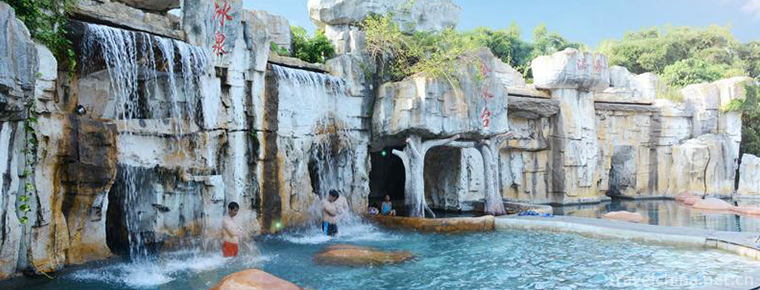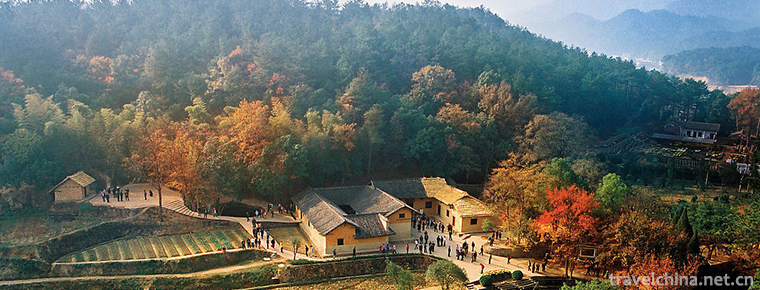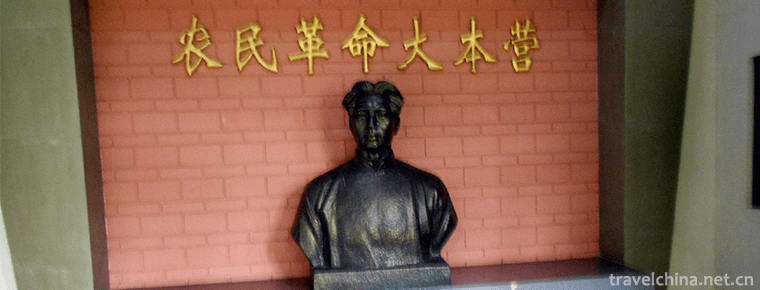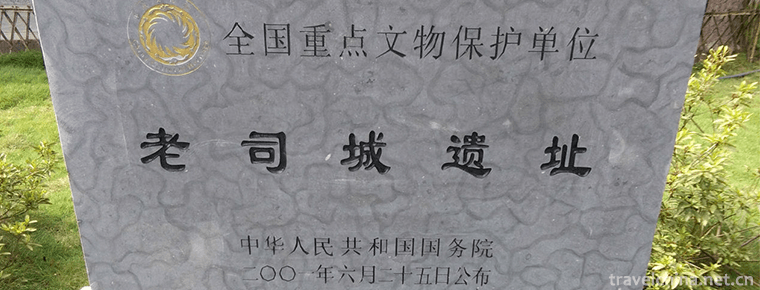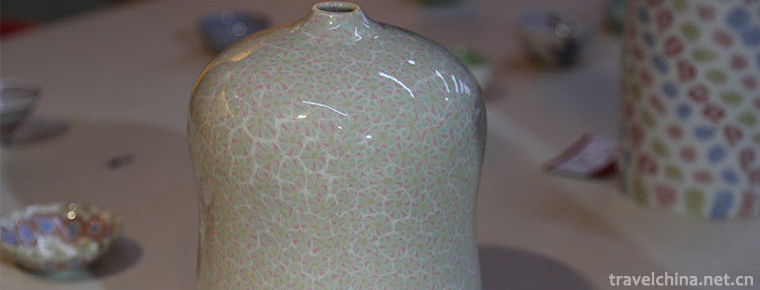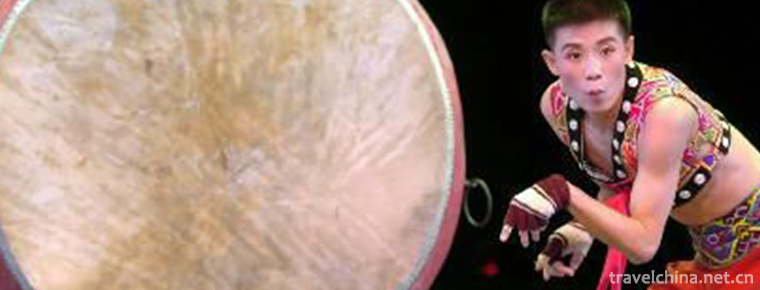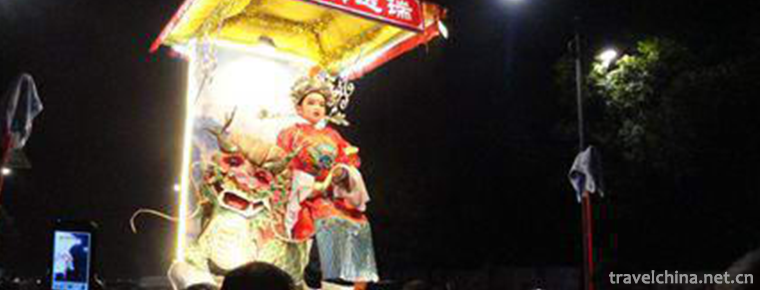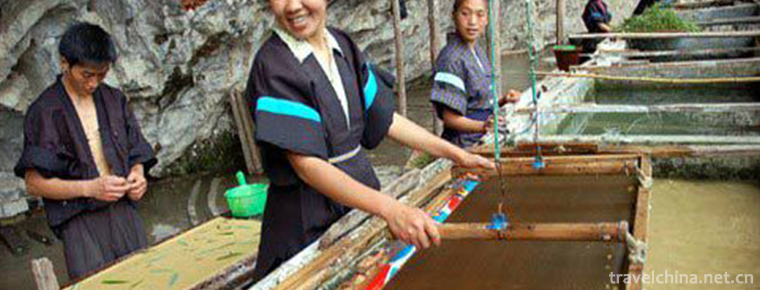Ou sculpture
Ou sculpture
Ou sculpture, commonly known as color oil-pickle sculpture, also known as "color relief", is a unique folk art in Wenzhou, Zhejiang Province, one of the local traditional arts and crafts. It is made of tung oil and mud, and is used to decorate temples, temple doors and folk dowry items, such as dressing boxes and furniture lacquerware, by means of moulding techniques. Originated in the Han Dynasty, it evolved from the stacking process in Chinese lacquerware art. It has rich colors, various techniques, wide subjects and unlimited specifications. It is widely used in architectural relief, murals, decorative patterns and artistic pendants. "Ou sculpture" and "Huangyang wood carving", "Dongyang wood carving" and "Qingtian stone carving" are also known as "Zhejiang three sculptures and one sculpture".
Ou Plastic is one of the first batch of "excellent traditional arts and crafts in Zhejiang" recognized by the Zhejiang Provincial Government, and the first batch of outstanding non-heritage tourism commodities in Zhejiang Province, is included in the scope of provincial key protection projects .
In 2006, it was listed in the first batch of intangible cultural heritage list of Zhejiang Province .
On June 7, 2008, Ou Plastic was listed in the second batch of national intangible cultural heritage list .
On May 21, 2018, Ou Plastic was listed in the first national catalogue of revitalization of traditional crafts
Technical features
The main theory of Western relief is "Compression by comparison", while the main theory of domestic relief is "Na Guang Na Yin". Skills flexibly absorb two different relief techniques, often the former expresses the high relief mainly with the face, the latter expresses the low relief mainly with the line; the former shapes the nearest and main body with fresh outline and prominent image in the picture, and the latter shapes the shallow prospect. Sometimes in order to highlight the main body, give people a sense of reality, and even shape the scenery into a round carving ritual visual effect.
In addition, compared with general relief, Ou sculpture also has a distinct feature, that is, it uses color to depict the intensity of light, the cold and warm tone of deep space, which greatly strengthens the artistic appeal of the picture. At this point, it is the same as western realistic oil painting method. The principle of light and color and the treatment of tone have become an indispensable artistic means in Ou plastic. Therefore, the Ou sculpture art is not only an ancient art, but also an outstanding young art. The precious and bold innovation of artists makes the Ou sculpture have a strong flavor of the times that other kinds of Arts can't match.
The wall sculptures of the Zhejiang Hall of the Great Hall of the People "West Lake Panorama" and "Yandang Autumn Landscape" are excellent works in Ou sculpture. These two representative Ou sculptures, the former is like a beautiful, quiet, affectionate girl, the latter is a magnificent, powerful, rough and bold hero. By using a series of expressive techniques, the creator highlights the comparative effects of quiet movement, softness and rigidity, cold and warm, thin and thick, and strong and weak, which fully reflects the exquisite skill and rich expressive means of Ou plastic art.
main features
Ou sculpture has the characteristics of free composition, clear layers, bright colors and strong three-dimensional sense.
The pictures are bright in color, free in composition, clear in layers and strong in three-dimensional sense. They are mostly used in large insert screens, hanging screens, multi-fan screen, wall clocks and small jewelry boxes, with the contents of flowers and birds, landscapes and opera characters. A distinctive feature of the new Ou sculpture technique is the organic combination of two different characteristics of art, sculpture and painting. It has the advantages of round sculpture and relief, so it is sculpture. It also absorbs the techniques of Western and Chinese painting, especially the principle of light and color to express three-dimensional, space, texture, etc. in Western painting. It melts sculpture and is good at painting.
Representative Works
"Qingming Shanghe Tu" is based on the famous painting of Zhang Choduan, a painter of the Northern Song Dynasty. With the rich texture and expressive power of oil mud, it enlarges the scene of Bianhe River in Kaifeng. The painting combines relief, oil painting and sketch, which not only retains the original charm, but also expands the tension of the painting space, with both shape and spirit, and is full of artistic appeal. Author Wu Xiaohong, graduated from China Academy of Fine Arts in 1962, is a master of Arts and crafts in Zhejiang Province.
"Golden Wenzhou" exaggerates the strong effect of the Ou sculpture "Pearl Gold Embossment", which allows the audience to examine from another angle the momentum of the Ou River flowing thousands of miles and the majesty of the flowing pillars, the towering mountains, the staggered buildings, the hundred rivers and rivers. Everything is enveloped in a warm golden tone, which is imaginative. The author is a craftsman, Zhu Guoguang. He is good at landscape theme. His works have won the excellent creation award of the First China Arts and Crafts Master Works Exhibition.
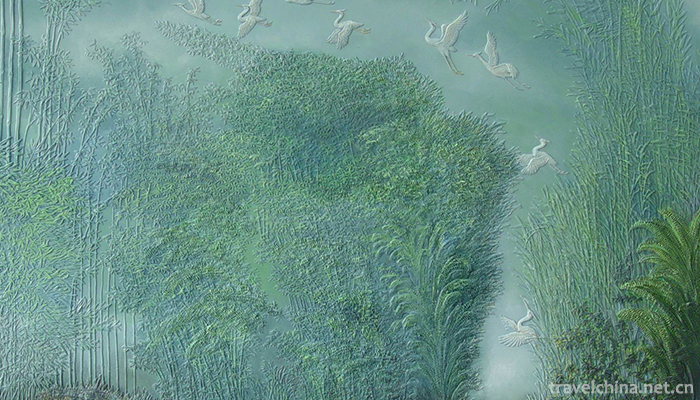
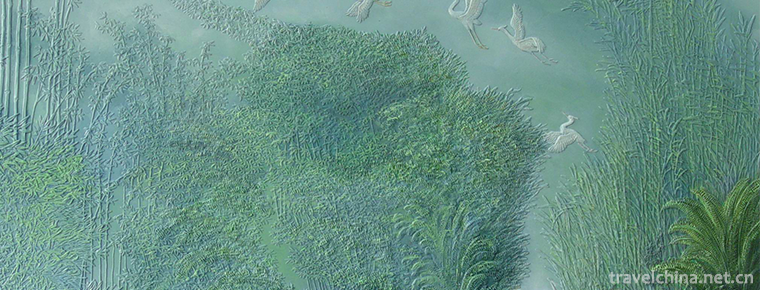
Ou sculpture
-
China Antique Car Museum
Located on the Houli Cultural Site, the Chinese Ancient Car Museum is the first most systematic and complete Museum in contemporary China, which integrates the Car and Horse Sites with the display of
Views: 127 Time 2018-12-22 -
Jizu Mountain Scenic Spot in Binchuan
Jizu Mountain is located in a cave-making area about 20 kilometers west of Binchuan County, Yunnan Province, 90 kilometers away from Dali City. It is named for its three peaks in the front and a ridge
Views: 165 Time 2019-01-03 -
Jinshuitai Hot Spring Scenic Area
Jinshuitai Hot Spring is a hot spring resort built according to the national AAAA scenic standard. It is located in Shuitai Town, Xinxing County, Guangdong Province
Views: 403 Time 2019-01-27 -
Mao Zedongs former Residence
Comrade Mao Zedong's former residence is located in Shaoshan Village, Shaoshan Township, Shaoshan City, Hunan Province. It is located in the South and north of Shaoshan Village
Views: 188 Time 2019-02-07 -
Wuhan Revolutionary Museum
The Wuhan Revolutionary Museum is located at No. 13 Hongxiang, Wuchang, Wuhan, Hubei Province. It was merged by the memorial hall of the former site of the Wuchang Peasant Movement Workshop
Views: 198 Time 2019-02-24 -
Yongshun Tusi City Site
Laosicheng Site in Yongshun, Hunan Province, is located in Laosicheng Village, Lingxi Town, more than 20 kilometers east of Yongshun County, Tujia and Miao Autonomous Prefecture
Views: 234 Time 2019-03-05 -
Firing Techniques of Dangyangyu Twisted Tissue Porcelain
Dangyangyu Twisted Tissue Porcelain, a special product of Dangyangyu Village, Xiuwu County, Henan Province, is a product of China's National Geographic Indicators.
Views: 194 Time 2019-04-25 -
Folk dance
Generally speaking, it refers to the form of dance which is produced and spread among the people, restricted by folk culture, improvised performance but relatively stable in style, and with self-enter
Views: 259 Time 2019-06-05 -
Raise the Pavilion
Lifting the pavilion, also known as the pavilion, is a unique traditional folk dance that integrates historical stories, myths and legends, and integrates painting, opera, tie-up, paper sculpture, acr
Views: 160 Time 2019-06-18 -
Bamboo Paper Making Skills
Bamboo paper production maintains a complete traditional process. It is manually made by dipping paper. There are 15 links and 72 processes from material selection to paper making. The production proc
Views: 217 Time 2019-08-10 -
Zhuang medicine thread moxibustion therapy
Zhuang medicine is the traditional medicine of the Zhuang people. It is a national traditional medicine based on the ancient Luoyue culture and Lingnan culture, with Yin and Yang as its foundation, Qi
Views: 186 Time 2019-08-16


